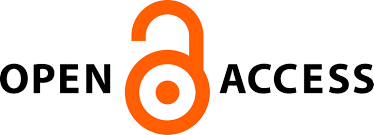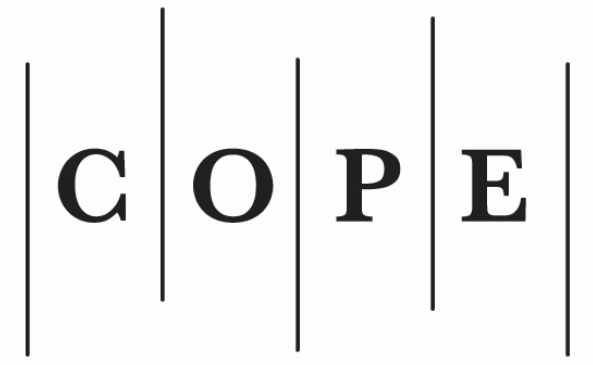PROBLEMS OF APPLICATION AND ENFORCEMENT OF EXTRAJUDICIAL BANKRUPTCY PROCEEDINGS
##plugins.themes.bootstrap3.article.main##
Abstract
This article focuses on extrajudicial (out-of-court) bankruptcy proceedings. It discusses how the new Law on Insolvency of Enterprises has changed the legal regulation of this process. The article examines the procedure of commencement of out-of-court bankruptcy proceedings, alongside the issues of informing creditors and the gathering of the creditors’ meeting. The statutory conditions for out-of-court bankruptcy proceedings are thoroughly discussed.
The article also examines the competence of the creditors’ meeting in such bankruptcy proceedings. In essence, the creditors’ meeting performs the functions assigned to the court in ordinary bankruptcy proceedings. In practice, however, there are problems with the competence of the creditors’ meeting, for instance, the application of fraudulent bankruptcy.
Furthermore, the article discusses the role of the court in this process. Though the court is not active in extrajudicial bankruptcy proceedings, the practical examples raise doubts as to whether the court should be allowed to interfere in the competence of the creditors’ meeting in deciding certain issues relevant to the bankruptcy proceedings.
The article also examines the competence of the creditors’ meeting in such bankruptcy proceedings. In essence, the creditors’ meeting performs the functions assigned to the court in ordinary bankruptcy proceedings. In practice, however, there are problems with the competence of the creditors’ meeting, for instance, the application of fraudulent bankruptcy.
Furthermore, the article discusses the role of the court in this process. Though the court is not active in extrajudicial bankruptcy proceedings, the practical examples raise doubts as to whether the court should be allowed to interfere in the competence of the creditors’ meeting in deciding certain issues relevant to the bankruptcy proceedings.
##plugins.themes.bootstrap3.article.details##
Section
Articles
This is an open-access journal, which means that all content is freely available without charge to the user or their institution. Users are allowed to read, download, copy, distribute, print, search, or link to the full texts of the articles in this journal without asking prior permission from the publisher or the author. This follows the BOAI definition of open access. Authors contributing to Jurisprudence agree to publish their articles under a Creative Commons Attribution 4.0 International Public (CC BY) License (applicable from 2025).
![]() Authors retain copyright of their work, with first publication rights granted to the Association for Learning Technology.
Authors retain copyright of their work, with first publication rights granted to the Association for Learning Technology.
Please see Copyright and Licence Agreement for further details.






